
An artist’s impression of GRB 221009A, which may have heralded the birth of a black hole.Image: NASA/Swift/Cruz deWilde
Black holes. Despite their names, the enigmatic objects are opposite of vacuous. They are some of the universe’s densest objects, with masses ranging from the size of stars to several hundred million stars. Their gravitational fields are so intense that not even light can escape them at a certain point, leaving us hopelessly guessing at how reality manifests itself beyond their event horizons.
It’s no wonder, then, that black holes capture the imagination. They are confounding, thrilling, and full of secrets we’ve yet to learn about physics and space. So without further ado, let’s dive into some aspects of black holes you may not have known before.
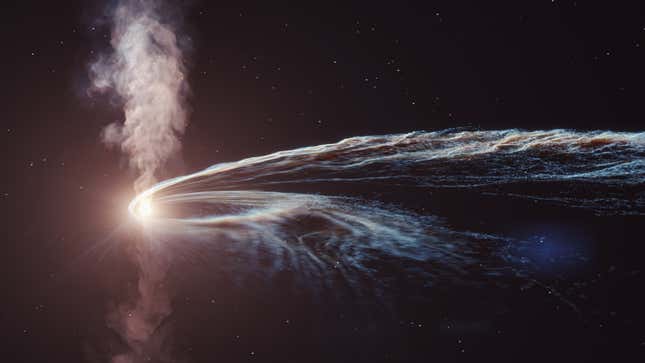
You may ask, “if light can’t escape a black hole, how come we can image them?” Indeed, it was major news when the Event Horizon Telescope first imaged a black hole—or rather, a black hole’s shadow—the silhouette of the monstrosity framed against the glow of superheated material pulled to it by its gravity. Black holes are surrounded with star stuff, pulverized by the hole’s gravity and superheated as it’s drawn ever closer to the event horizon.
But black holes sometimes spit up the material they’ve pulled so close to oblivion, sometimes years after astronomers have consigned a given object to its fate. Granted, this stuff did not pass the event horizon; it was ejected by the black hole before that could happen. So perhaps it’s more fair to say the black hole plays with its food.
Animation showing Earth receiving light from pulsars, revealing signs of a gravitational wave background from black hole binaries.Gif: OzGrav
Back in 2015, researchers spotted gravitational waves for the first time: the barely perceptible stretching and squeezing of spacetime caused by the interactions of black holes and other dense objects. But last year, several scientific consortia found signs that supermassive black hole binaries, in all likelihood, are responsible for the gravitational wave background: the constant sea of gravitational waves that are passing through you and me at this very moment.
When a star passes too near a black hole, it gets tied up in its gravitational field. Eventually, the star gets close enough to the black hole that it gets stretched out and swirled into the black hole’s accretion disk, or the collection of superheated matter that surrounds it. (The same would happen to you if you got too close to a black hole.) This process is called spaghettification because (you guessed it) spaghetti is delicious. No, I’m just joking: it’s because the star’s material has been stretched and compressed. Well, spaghettification is a term coined by the late astrophysicist Stephen Hawking in his seminal work, A Brief History of Time. Trinity College Dublin has a great explainer of spaghettification, and you can read about stars getting spaghettified on this very site.
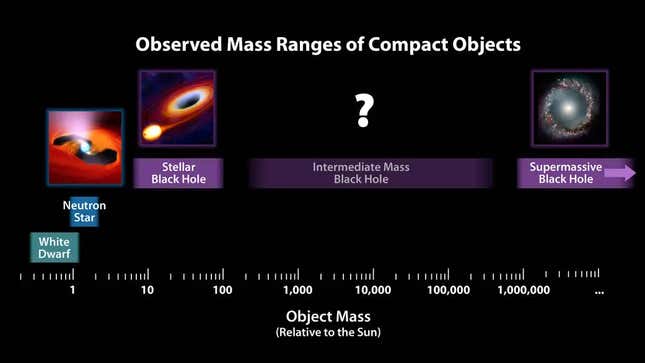
You probably knew how ridiculously large some black holes are, like those that lurk at the centers of galaxies. You may have known that some black holes are quite small, on the scale of some stars. But there’s a significant “mass gap” in black holes, which leaves astronomers and astrophysicists struggling to find so-called intermediate-mass black holes. Some possible intermediate mass black holes have been spotted—they are expected to exist, because supermassive black holes must grow out of something—but they remain something of an open question.
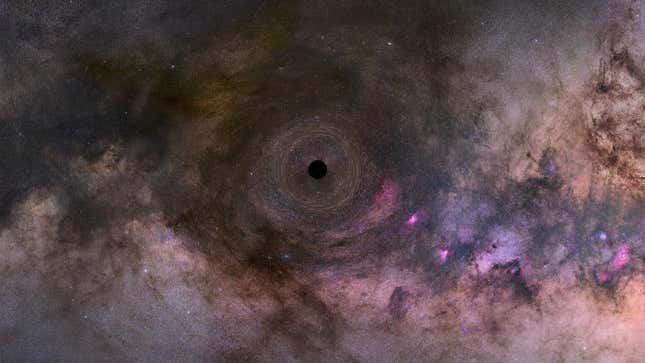
Forget the middle child of black holes—what about the earliest ones that ever existed? Just earlier this month, astronomers found the oldest black hole yet, aged at over 13 billion years old. But a theorized type of black hole is thought to be even older, and considerably smaller. These “primordial black holes” are theorized to have popped into existence shortly after the Big Bang. But they are so small that they don’t accrete massive disks of material or lurk at galactic cores. Instead, primordial black holes are theorized to float through space, perhaps accounting for the dark matter that cannot be directly observed but whose presence is evident in the way it bends light.

Because supermassive black holes sit at the center of galaxies, you’d be forgiven for thinking of the objects as the few amongst the countless stars, exoplanets, asteroids, molecular clouds, neutron stars, and other things that make up our universe. But there are tons of black holes. In 2022, a team of researchers calculated that there may be 40 quintillion (that’s 40 billion billion) black holes in the observable universe. Of course, the universe is a big place—but to think about the amount of stuff within it gives that scale a whole new dimension.
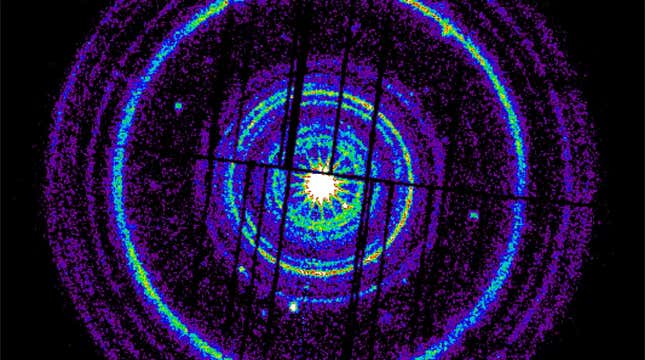
The Brightest of All Time (BOAT) gamma-ray burst, as seen by the XMM-Newton observatory.Image: ESA/XMM - Newton/M. Rigoselli (INAF)
Two years ago, a gargantuan explosion rocked the universe. Last year, astronomers confirmed it was the brightest gamma-ray burst ever observed, and probably the “brightest burst...since human civilization began,” one study co-author said. Gamma-ray bursts are thought to mark the births of black holes, according to NASA, or the collisions of super-dense objects, like neutron stars and black holes. Even deep in the distant universe, these objects make their presence known.
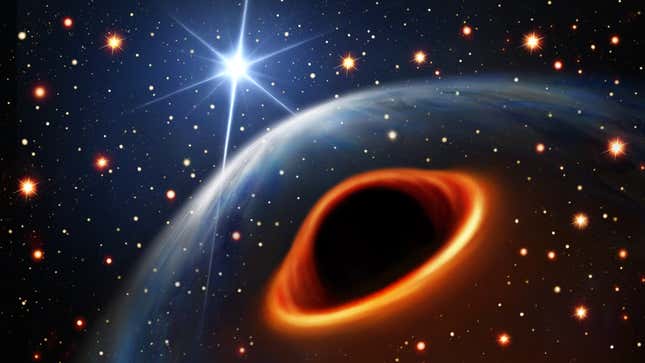
Earlier this month, a team of scientists found a compact object that stumped them: it is between 2.09 and 2.71 times the mass of the Sun, making either a massive neutron star—the dense, end stage of stellar life—or a super small black hole, the lightest known.
I know, this feels a little cheap given primordial black holes are theorized to be small and have a place on this list. But primordial black holes belong to the realm of theory—this object was observed with a radio telescope. It’s a reminder that the ranges of black hole masses are a moving target, and each observation lends itself to better understanding how the objects are born and grow.
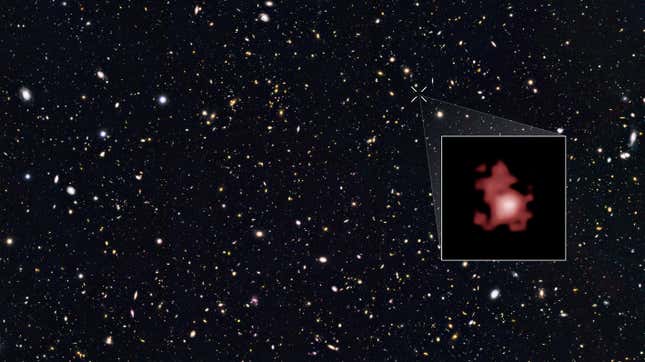
The year 2024 has started off splendidly for black hole researchers. A team of scientists announced the oldest-yet-known black hole, clocking in at over 13 billion years old. But the black hole is raising new questions, too. The black hole’s size exceeds what scientists previously believed was possible at such an early stage in the evolution of the universe. According to standard theories of their development, it would take a billion years for a black hole of this magnitude to form. Here’s hoping that more ancient black holes are found, so that we might better understand how they form, and continue to shape the universe as we know it.


















 English (United States) ·
English (United States) ·